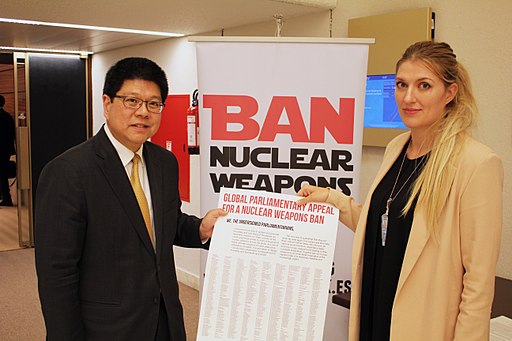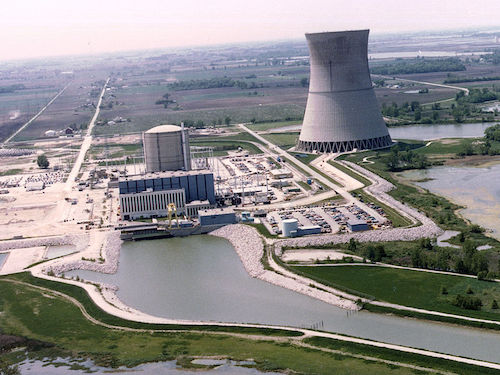“We just don’t want to take on the risk of being in the project at this point.” – Councilman Andre Lortz
By: NATHAN BROWNpostregister.com
One more Utah city has withdrawn from a project to build 12 small nuclear reactors west of Idaho Falls.
The Kaysville City Council voted unanimously a week-and-a-half ago to withdraw from the Carbon Free Power Project, although the resolution left the door open for the city to hold a special meeting to rejoin the project if anything changes.
“Kaysville City is still interested in being involved with the UAMPS project,” Mayor Katie Witt said in an email. “However, we did withdraw on Sept. 17 for the time being. We would like to participate if our concerns are mitigated.”
Councilman Andre Lortz said he believes in the project, calling it “an innovative project that’s going to be very important in the future” that could fill gaps wind and solar power can’t.
“We’d love to be in this project,” he said. “We just don’t want to take on the risk of being in the project at this point.”
Lehi and Logan have also withdrawn from the Carbon Free Power Project over the past month-and-a-half, citing potential risks to local taxpayers if costs go up. There are still more than 30 cities and power systems, including Idaho Falls, that are part of it, and the members have until Oct. 31 to recommit to the project’s next phase by approving the new budget. Utah Associated Municipal Power Systems is waiting for the U.S. Department of Energy to give final approval to a promised $1.4 billion to support the project.
Portland-based NuScale Power is designing the small modular reactors, which will produce 720 megawatts and which UAMPS plans to build at the DOE desert site west of Idaho Falls. The plant is expected to be operational in 2029.
ORIGINAL ARTICLE


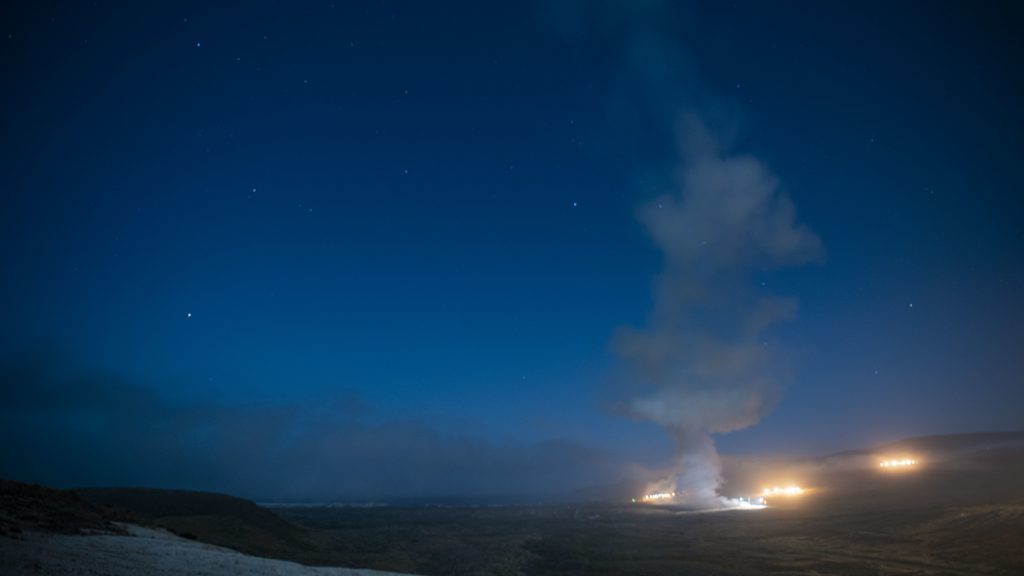
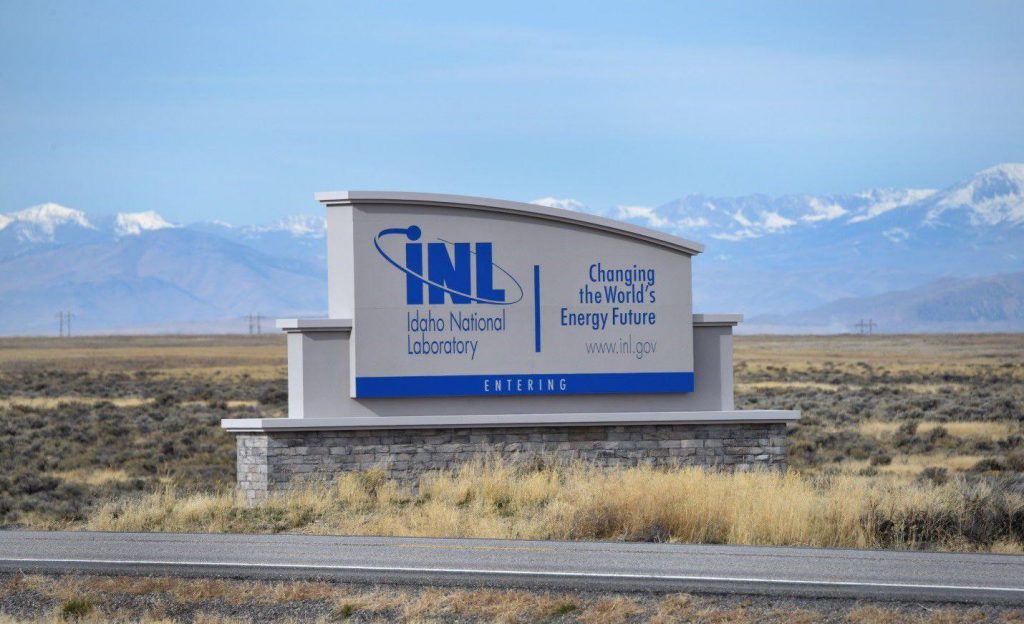
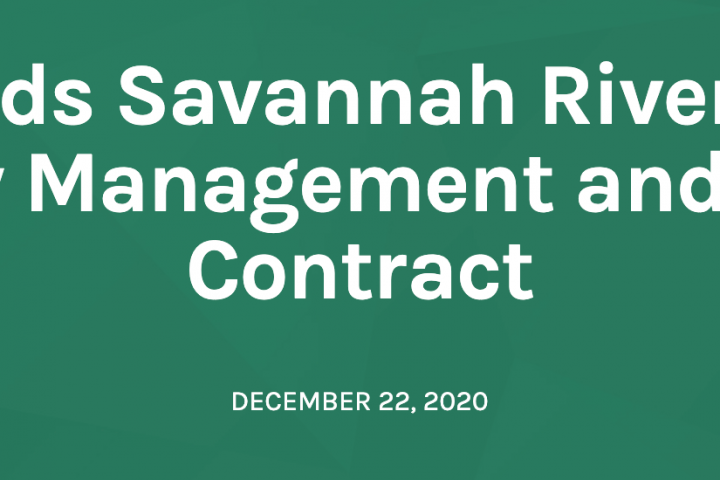
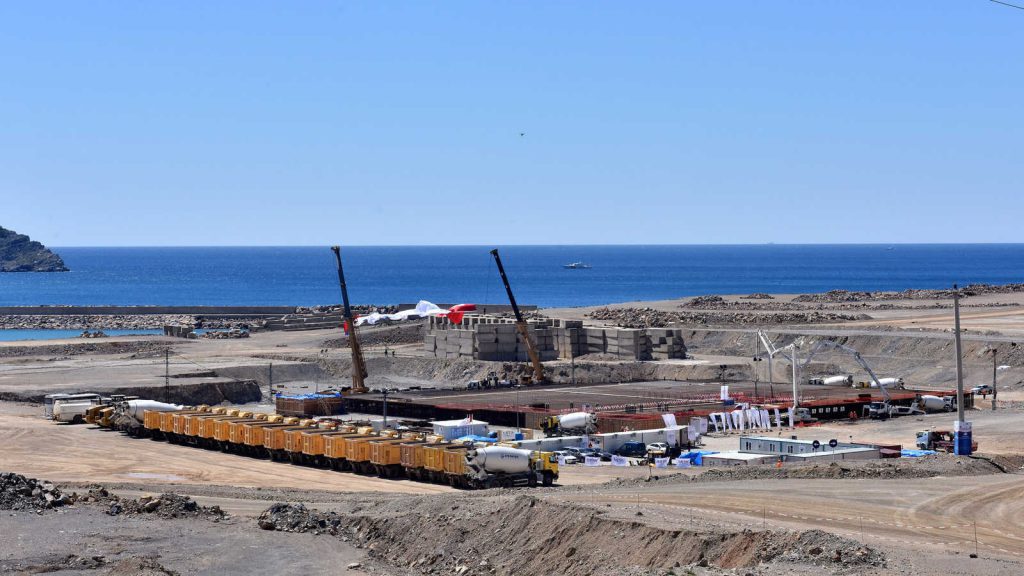

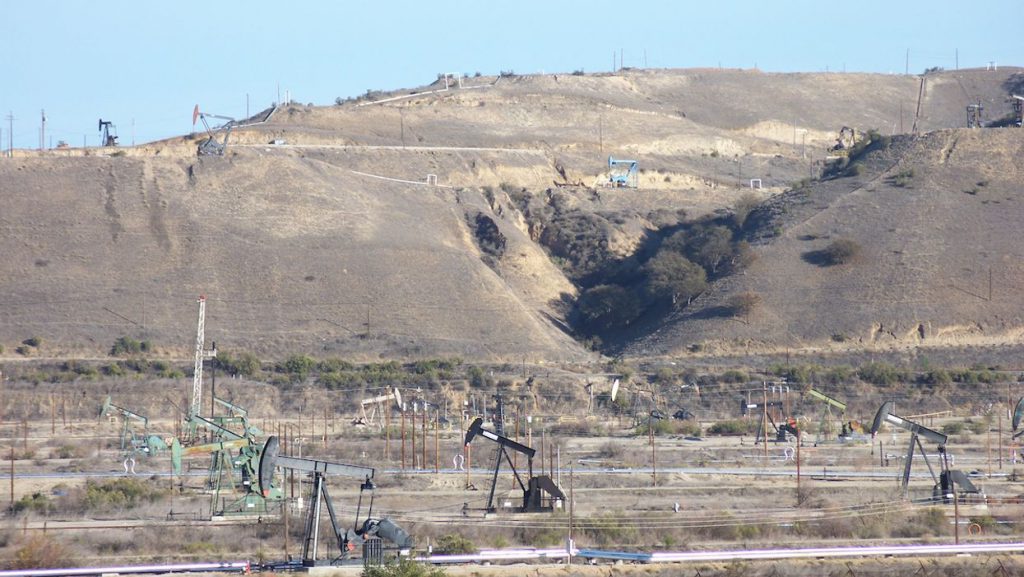


 Washington, DC —The Nuclear Regulatory Commission is finalizing a year-long drive to functionally deregulate disposal of massive amounts of radioactive waste. NRC’s plan would allow commercial nuclear reactors to dump virtually all their radioactive waste, except spent fuel, in local garbage landfills, which are designed for household trash not rad-waste, according to comments filed today by Public Employees for Environmental Responsibility (PEER).
Washington, DC —The Nuclear Regulatory Commission is finalizing a year-long drive to functionally deregulate disposal of massive amounts of radioactive waste. NRC’s plan would allow commercial nuclear reactors to dump virtually all their radioactive waste, except spent fuel, in local garbage landfills, which are designed for household trash not rad-waste, according to comments filed today by Public Employees for Environmental Responsibility (PEER).
